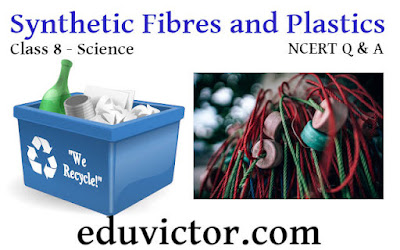Cell Structure and Functions
 |
| credits:clker.com |
Q1: Who discovered cell first time by observing cork?
(a) Alexander Fleming
(b) Robert Hook
(c) Leeuwenhoek
(d) Isaac Newton
Q2: Who is known as father of microbiology?
(a) Alexander Fleming
(b) Robert Hook
(c) Leeuwenhoek
(d) E. Adams
Q3: The structural and function unit of life is called ___.
(a) cell
(b) tissue
(c) organ
(d) organism
Q4: Which of the following cells have irregular shape?

















